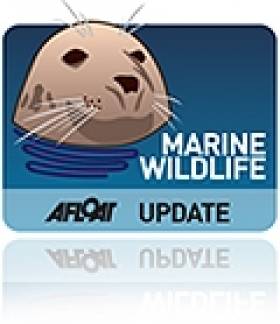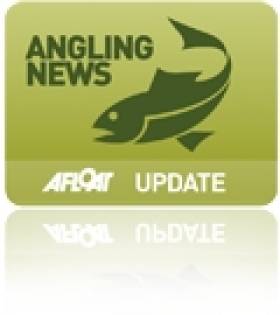Displaying items by tag: nets
Cork City Dolphin Dies in Fisherman's Arms
A Cork fisherman has described his anguish after one of three dolphins that recently made their home in the River Lee died in his nets.
Anthony Quilligan was fishing downriver from Cork city with his father Simon when they were surprised by the dolphin's sudden appearance.
"We were hauling the nets when I saw the dolphin jump out of the water about seven feet behind the net," Anthiony told the Evening Herald.
"He went back under water and we started to haul the nets faster to get them out of the way, but I saw the net's floats go under and I knew he was caught."
He added: ""He was alive when we got him ashore. We were just getting the last bit of net off his tail, and I was holding his head up out of the water. We wanted to save the creature, but he died in my arms."
Herald.ie has more on the story HERE.
Poaching a Problem in Cavan and Monaghan Say Anglers
Anglers in Cavan and Monaghan have launched a new organisation to stamp out what they argue is a growing wave of illegal poaching.
Members of the Lake Watch group told The Anglo-Celt at a recent meeting that a number of organised poachers are operating in the two counties.
The poachers are said to be laying out set lines, long lines and nets on dozens of lakes in a single operation, then quickly loading the fish into vans for removal.
Monaghan baliff Brian Byrne accused both Irish and Eastern European anglers of poaching, camping on lake shores and dumping rubbish.
The meeting also heard that a group of Dublin anglers lit a number of coal fires on a lake shore in Carrickmacross in a two-week period.
Lake Watch members have discussed numerous strategies to combat the poaching wave, including nightly patrols, van seizures and even setting up hidden cameras.
The Anglo-Celt has more on the story HERE.

























































